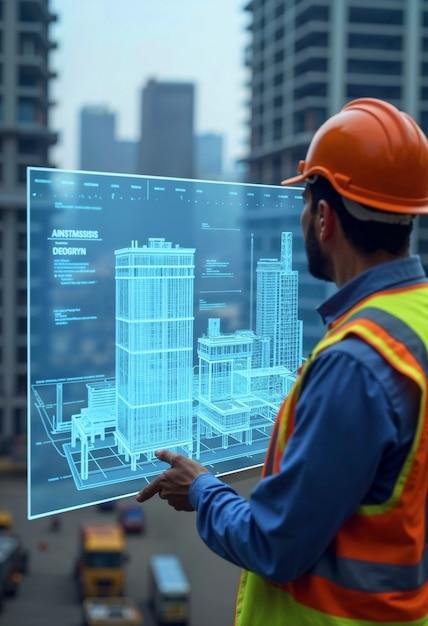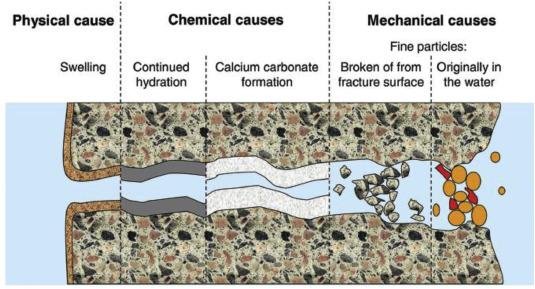Smart concrete technology is revolutionizing the construction industry, offering innovative solutions to reduce building time and maintenance costs. This cutting-edge material incorporates advanced sensors and additives, enabling real-time monitoring of concrete strength, temperature, and structural integrity. By providing crucial data throughout the construction process and beyond, smart concrete empowers engineers and contractors to make informed decisions, optimize project timelines, and enhance long-term durability.
One of the key advantages of smart concrete is its ability to self-monitor during the curing process. Embedded sensors transmit real-time data on temperature and strength growth, allowing construction teams to determine precisely when the concrete has reached its optimal strength. This eliminates the need for time-consuming and possibly inaccurate manual testing methods, such as field-cured cylinders. As a result, contractors can confidently proceed with subsequent construction phases sooner, considerably reducing overall project timelines.
The self-monitoring capabilities of smart concrete extend beyond the initial construction phase. These advanced sensors continue to provide valuable data throughout the structure’s lifetime, alerting maintenance teams to potential issues before they become critical. This proactive approach to structural health monitoring can dramatically reduce the need for extensive repairs and minimize downtime for inspections.
Another exciting feature of smart concrete is its potential for self-healing.Some formulations incorporate special additives, such as bacteria or polymers, that activate when cracks begin to form. These agents work to fill the cracks automatically, maintaining the concrete’s structural integrity without human intervention. This self-healing property can significantly extend the lifespan of concrete structures and reduce the frequency and cost of repairs.
Smart concrete also offers environmental benefits. By optimizing concrete mixtures and reducing the need for overdesign, this technology can help decrease the carbon footprint associated with concrete production. Some smart concrete formulations incorporate recycled materials or industrial by-products, further enhancing their sustainability credentials.
The integration of smart concrete with other advanced technologies,such as artificial intelligence and the Internet of Things (IoT),opens up even more possibilities. AI algorithms can analyze the data collected by embedded sensors to predict potential issues and optimize maintenance schedules. IoT connectivity allows for remote monitoring and control, enabling engineers to manage multiple projects efficiently from a central location.
In addition to its monitoring capabilities,smart concrete can be engineered to possess enhanced strength and durability.The incorporation of materials like carbon fibers or graphene can significantly improve the concrete’s resistance to cracking, corrosion, and environmental stressors. This increased durability translates to longer-lasting structures that require less frequent maintenance and replacement.
The applications for smart concrete are vast and varied. From high-rise buildings and bridges to highways and tunnels, this technology has the potential to transform infrastructure projects of all scales. In regions prone to natural disasters, smart concrete can provide crucial early warning systems, alerting authorities to potential structural weaknesses before catastrophic failures occur.
While the benefits of smart concrete are clear, widespread adoption still faces some challenges. The initial cost of implementing this technology can be higher than traditional concrete, which may deter some project owners. However, the long-term savings in maintenance and repair costs often outweigh the upfront investment. Additionally, as the technology becomes more prevalent, economies of scale are likely to drive down costs.
The construction industry is also working to develop standards and best practices for the use of smart concrete. As with any new technology, ensuring consistency and reliability across different projects and applications is crucial. Ongoing research and development efforts are focused on refining sensor accuracy, improving data analysis techniques, and expanding the range of smart concrete applications.
As we look to the future, smart concrete technology promises to play a pivotal role in creating more resilient, sustainable, and efficient infrastructure. By reducing construction times, minimizing maintenance requirements, and extending the lifespan of structures, this innovative material is set to transform the built environment. As the technology continues to evolve and mature, we can expect to see smart concrete becoming an increasingly common feature in construction projects worldwide, ushering in a new era of bright and responsive infrastructure.










